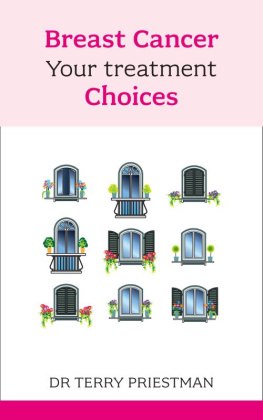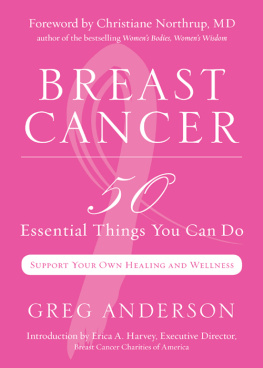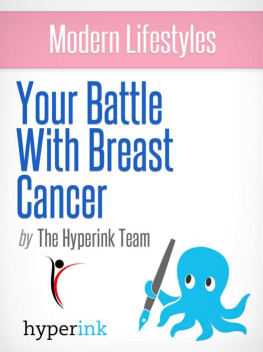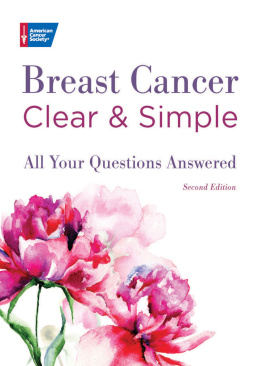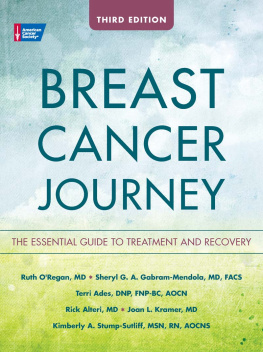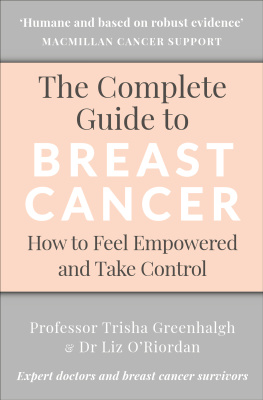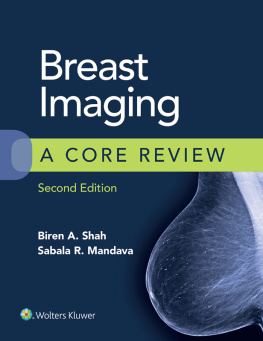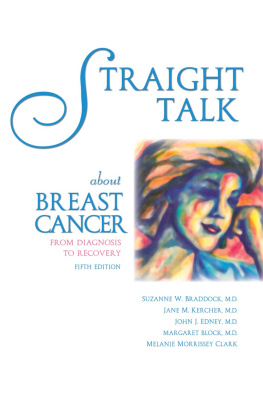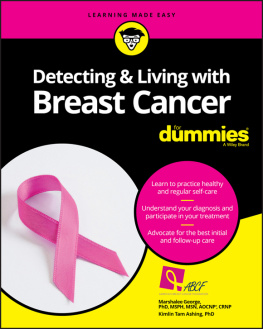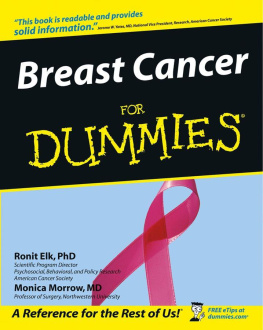Cover 2019 Hachette Book Group, Inc.
Hachette Book Group supports the right to free expression and the value of copyright. The purpose of copyright is to encourage writers and artists to produce the creative works that enrich our culture.
The scanning, uploading, and distribution of this book without permission is a theft of the authors intellectual property. If you would like permission to use material from the book (other than for review purposes), please contact permissions@hbgusa.com. Thank you for your support of the authors rights.
Little Brown Spark is an imprint of Little, Brown and Company, a division of Hachette Book Group, Inc. The Little, Brown Spark name and logo are trademarks of Hachette Book Group, Inc.
The publisher is not responsible for websites (or their content) that are not owned by the publisher.
The Hachette Speakers Bureau provides a wide range of authors for speaking events. To find out more, go to hachettespeakersbureau.com or call (866) 376-6591.
O f all the things to look at while poison is being pumped into your body, the Pacific Ocean is a pretty good option. The first day I walked into a sixth-floor chemotherapy infusion center in Santa Monica, California, I claimed a pleather recliner in front of a tall window facing due west. I could see Catalina Island just to the south, its sloping hills rising up from the water.
For more than a month, I had been mired in the vicious limbo familiar to most newly diagnosed cancer patients. I was crippled with anxiety about the malignant tumors growing inside me and filled with dread over the assault on my body that would soon begin. Its a strange thing to wait for something terrible to happen when the mechanics of it are entirely unfamiliar. Somehow, I had never known a breast cancer patient. There were women in the outer reaches of my social and professional orbits who had suffered from or died of the disease. But I had never watched it up close. I was in an inhospitable country I did not know and had never visited. I had crossed over into what Susan Sontag called the kingdom of the sick.
Plug me in and turn it up, I told a nurse as she screwed a long line of clear tubing into the catheter jutting out from beneath my upper right arm. She smiled and checked Facebook on her iPhone in between changing the bags of liquid that ran from an IV pole through the tubing and into my body. The nurse also used her phone to track how long it took for the liquid to run in, a bell-tower ring marking the end of one drug and the beginning of another. The normalcy of the sound reminded me that, while I was undergoing probably the most important event in my life, I was not particularly special and neither was my disease. Aside from the fact that I was relatively young, I was an unremarkable patient with a common disease, one of about three hundred thousand American women diagnosed with breast cancer in 2014.
While breast cancer is common, its influence on American culture and the scientific community is not. There are symbols and awareness campaigns for scores of causes, but none so recognizable as the pink ribbon in October. Celebrities get diseases all the time, but most Americans would struggle to recite the names of famous people who have suffered from them. Yet for every generation, there is a list of well-known breast cancer patients who told the world about their disease: Betty Ford, Nancy Reagan, Olivia Newton-John, Nina Simone, Linda McCartney, Sheryl Crow, Melissa Etheridge, Elizabeth Edwards, Robin Roberts, Julia Louis-Dreyfus.
In addition to being the most public of all the cancers, carcinoma of the breast may be the most thoroughly studied malignancy in human history. The U.S. National Institutes of Health spends more on breast cancer research than on any other cancer type. The American Cancer Society awards more grants to study breast cancer than any other type of the disease. Along with private spending, funds earmarked for breast cancer research total more than one billion dollars every year. This flood of money has made breast cancer a proving ground for advanced scientific research into the biology and genetics of all cancers and the methods devised to eradicate them. As I type this sentence, 1,823 federally registered breast cancer clinical trials are actively recruiting patients.
On the whole, enduring treatment for breast cancer is easier today than it has ever been, with effective smaller surgeries, less-toxic treatments and reliable drugs that blunt side effects and pain. The breast cancer mortality rate is 35 percent lower today than it was in 1990, and its dropping steadily, by about 1 to 2 percent per year. We are curing more patients than ever.
And yet, about one-third of all women diagnosed with early-stage invasive breast cancer will eventually see their disease recur or become metastatic. Breast cancer still kills some forty thousand American women every year.
This sobering statistic is a testament to the cleverness of the disease and its ever-growing list of known variations. The malady we call breast cancer is, in reality, a broad category of diseases, each with its own risk profile and sensitivity to drugs. This relatively recent revelation has birthed an oncological race to tailor treatments (and, increasingly, diagnoses) to groups and individuals and apply treatments with greater and greater precision. But scientific progress in breast cancer has been, by any measure, frustratingly slow and incremental. This is not unique to breast cancer. Rather than a straight line toward better and better care, cancer science in general is more like a road up a mountain thats full of switchbacks and blind corners. The story of breast cancer in America is a story of great successes but also many wrong turns. Things work in the lab and fail in patients. Assumptions about the disease that scientists once held as unassailable facts seem ludicrous in retrospect.
Our inability to end the scourge of breast cancer, though, isnt just about the diseases complexity or the slow pace of science. Its also rooted in where our focus has been for the past half century. Its now clear that, in many senses, we have been having the wrong conversations about breast cancer. Screening mammograms are helpful to some women, but they fail to detect some lethal breast cancers; sometimes they catch cancers that are not life-threatening but are treated anyway. Breast cancer awareness is at an all-time high. But despite the attention, there has been no successful large-scale effort to learn what causes breast cancer beyond the small percentage of cases tied to hereditary genetic mutations and the identification of risk factors so ubiquitous among American women that they are virtually useless as warnings. Doctors do not know how or precisely why breast cancer spreads, nor do they know how to kill it off once it does. We have spent relatively few research dollars trying to answer these questions. Despite the races, ribbons and scientific breakthroughs, women are just as confused and frightened as ever.
Its also now clear that in addition to failing to cure many breast cancer patients, treatments women relied on and suffered through for generations were needlessly harsh. After decades of aggressive surgery, chemotherapy and radiation, an approach known as de-escalation is now in vogue, with doctors and scientists studying whether it might be safe for certain women to skip some of these common treatments on the way to good health. Mastectomies, which surgeons once believed could remove the threat of breast cancer at its source, are becoming a last resort for patients. It is now possible to imagine a future in which women with the most aggressive forms of breast cancer might be able to safely avoid surgery altogether. Pharmaceutical companies that make breast cancer drugs are largely focused on a single goalto replace conventional chemotherapy, a treatment that has been the gold standard for more than seventy years, with targeted and gentler drugs.


